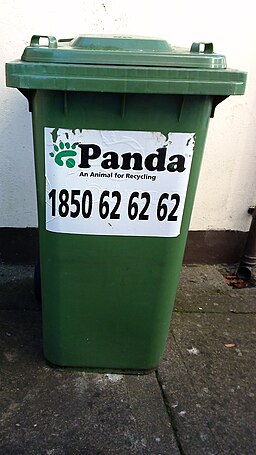
Like most Irish households, we aggregate our household waste into wheelie bins that are collected every two weeks. Ours are collected on Monday morning, so they need to be left out on Sunday night - except when Monday is a public holiday, they’re collected on Saturday, and so they need to be left out on Friday night. This has worked for years, but recently I forgot to put out the wheelie bins on the Friday night before a public holiday :( I have calendar reminders to put out the bins on Sunday night, so I decided that I should have calendar reminders on Friday nights before public holidays, but only before public holidays so they aren’t spammy. There’s a Google calendar of Irish public holidays, so I wrote some Google Apps Script to find upcoming public holidays on Mondays and create reminder events on Fridays. The code wasn’t too hard to write, even though it was my first time writing Typescript or Google Apps Script. It has worked for the past two public holidays so I’m happy to share it for anyone who might benefit from it: https://github.com/tobinjt/wheelie-bin-holiday-warning
Some implementation notes:
ESLint did take a lot of fiddling to get correctly configured, e.g. despite picking Typescript in the setup wizard the generated config used the wrong parser, and the error messages from ESLint when there is a configuration problem are very unclear for a beginner because they do not include filenames or line numbers. I got it working eventually though.
Unlike most of my code it doesn’t have any tests, because testing Typescript and Google Apps Script in particular seems to be very poorly supported - you need to manually mock every App Script function you call, or use one of the many incomplete and frequently abandoned OSS libraries. Also I’ve never written Typescript tests, and there are many testing frameworks to chose from rather than a standard framework. I didn’t have the time or mental bandwidth to figure out Typescript testing.
I use CLASP to develop locally and push to Google Apps. It was very simple to set up:
npm install -g @google/claspclasp login- Either
clasp createif you don’t have a project, orclasp cloneif you do.
Pushing was easy too:
clasp pushclasp open- not strictly necessary, opens the uploaded code in your browser.